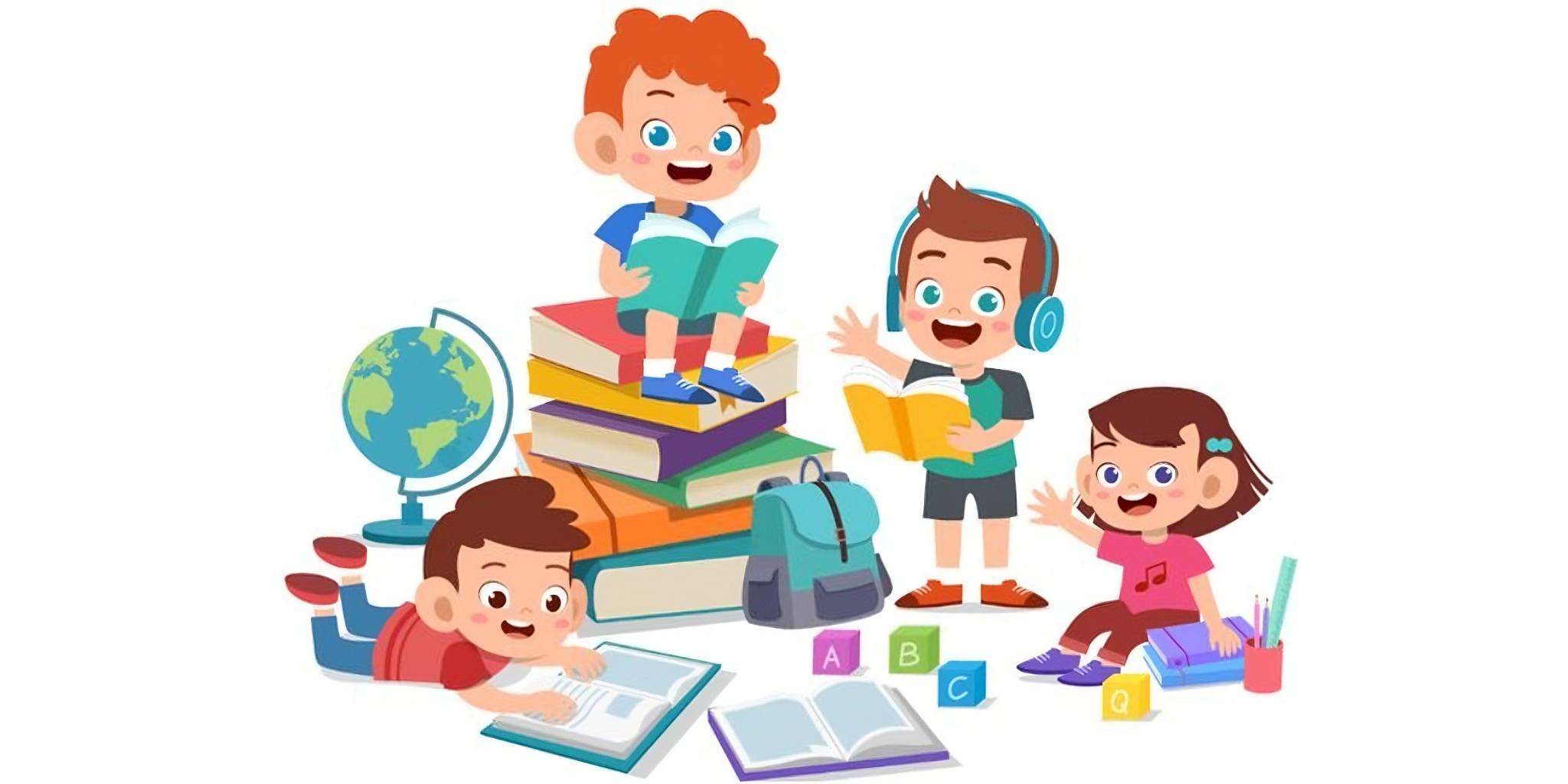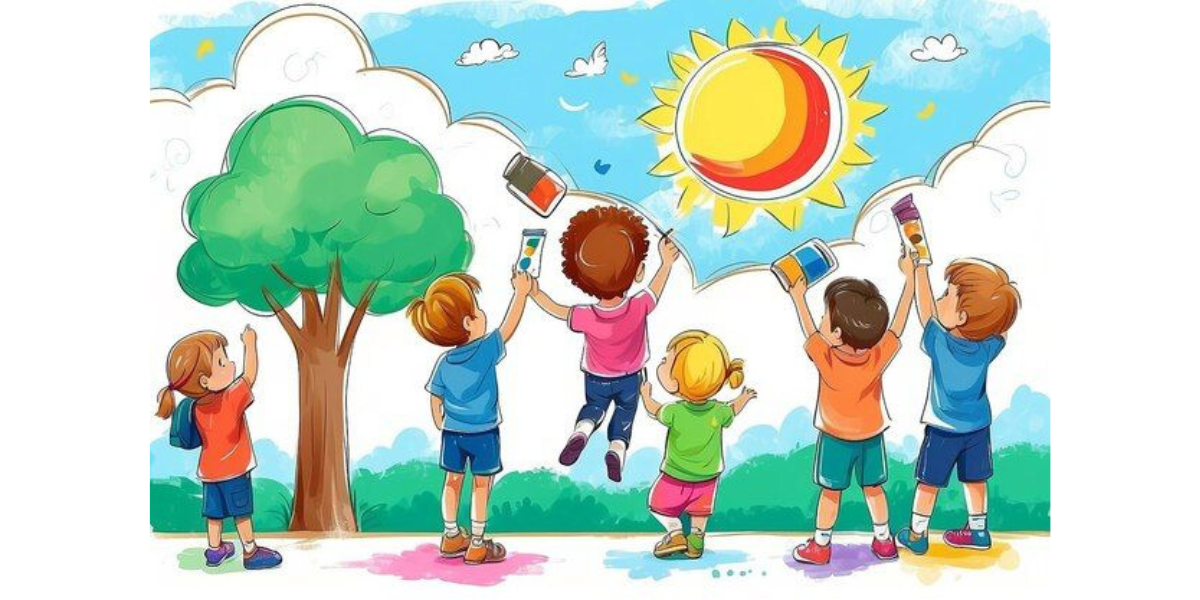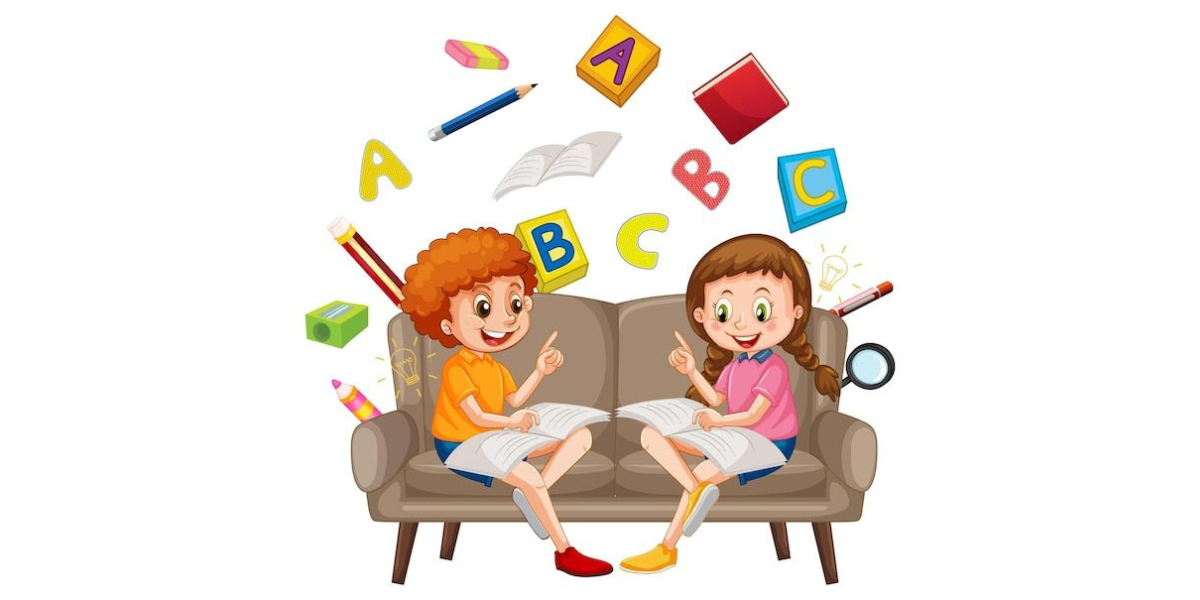1. Enhancement of phonics understanding
2. Development of language skills and vocabulary
Engaging Ways to Learn Phonics Sounds
1. Interactive and educational design of phonics content
2. Use of vibrant visuals and energetic actions
Ideal Age Group for Learning Phonics
1. Benefits for children aged 2 to 5
2. Adapting content for early childhood education
A to Z Phonics Sound Breakdown
1. Phonics sounds for each letter from A to Z
2. Incorporating rhythm and actions with each sound
Utilizing Additional Phonics Resources
1. Introduction to Jolly Phonics Songs and Sets
2. Understanding Jolly Phonics Digraphs: ch, sh, th, ng
Conclusion
1. Summarizing the benefits of phonics learning
2. Encouraging consistent practice for mastery
Mastering Phonic Sounds A to Z: A Complete Guide for Kids
Phonics is the magical key that'll unlock the world of words for your kid, helping them turn letters into sounds and sounds into stories!
Imagine your child confidently reading their first words or joyfully singing along to a fun phonics song. Phonics is the gateway to unlocking these precious moments, helping your kid build strong language foundations. By learning phonic sounds from A to Z, children connect letters to their sounds, setting the stage for reading and spelling success.
This blog is your guide to making phonics learning exciting, interactive, and effective for your little one. Let’s explore how phonics can transform learning into an adventure!
Understanding the Importance of Phonics

More than another language lesson, phonics is the building block of literacy. Teaching your child the sounds of letters from A to Z helps them decode words, making reading easier and more enjoyable.
Learning phonics early sets the foundation for lifelong literacy skills. It’s all about learning sounds and unlocking the world of words. Here are some reasons why learning phonics is important for your child:
Enhances Phonics Understanding: Phonics bridges the gap between spoken and written language. It helps children connect sounds to letters, turning “cat” from a jumble of letters into a word they can read and spell.
Develops Language Skills and Vocabulary: By mastering phonics, kids can read new words independently. This expands their vocabulary and boosts their confidence.
Now that we know why phonics is crucial, it's time to dive into some fun and engaging ways to make learning sounds a delightful experience.
Engaging Ways to Learn Phonics Sounds
Phonics learning doesn’t have to be boring or repetitive. When taught in a fun and interactive way, it becomes an exciting adventure for kids. By combining creativity with education, parents and teachers can make phonics a joyful part of every child’s day.
1. Interactive and Educational Design of Phonics Content
Interactive tools and activities make phonics come alive. These methods encourage kids to actively participate in learning while building their understanding of letter sounds.
Examples of Interactive Phonics Content:
Phonics Apps: Apps with games, songs, and quizzes allow kids to learn at their own pace. They can trace letters, listen to sounds, and match pictures with words, all while having fun.
Flashcards: Create colorful flashcards with letters and images. For instance, a card with “A” might feature an apple to reinforce the /a/ sound.
Story-Based Learning: Use short, phonics-focused stories where children can hear and identify sounds in context.
Interactive content makes learning feel like playtime, boosting kids’ enthusiasm and attention spans.
2. Use of Vibrant Visuals and Energetic Actions
Kids learn best when they can see and do things. Pairing phonics sounds with bright visuals and physical actions helps them connect letters to sounds more effectively.
How to Use Visuals and Actions:
Bright and Colorful Pictures: Use books, posters, or videos with vibrant illustrations. For example, a picture of a zebra for the /z/ sound helps create a strong mental connection.
Movement-Based Learning: Combine actions with each sound. For instance:
For “B” (/b/ sound): Pretend to bounce a ball.
For “S” (/s/ sound): Move your hands like a slithering snake.
Rhymes and Songs: Sing songs that emphasize letter sounds. For example, “The Ants Go Marching” can help reinforce the /a/ sound.
These methods make learning multi-sensory, keeping kids engaged and helping them retain information longer.
Why These Methods Work
Interactive and action-based learning aligns with how kids naturally explore the world, through play and movement. By creating a positive and energetic learning environment, you’re setting the stage for a lifelong love of language.
Give your child the gift of confident reading with Vedantu’s phonics lessons! Help them build a strong foundation in letter sounds and word recognition through fun and interactive activities. Start Learning Phonics today!
Once you’ve made phonics learning fun and engaging, the next step is to introduce it at the right age for maximum impact. Let’s check out the ideal age group for phonics learning!
Ideal Age Group for Learning Phonics

The early years of childhood are a golden period for language development. Introducing phonic sounds from A to Z between the ages of 2 and 5 ensures kids build a strong foundation for reading and writing. But what makes this age group ideal? Let’s find out!
Benefits for Children Aged 2 to 5
At this age, children are naturally curious and eager to explore new things. Their brains are like sponges, absorbing sounds, patterns, and words effortlessly.
Key Benefits of Starting Phonics Early:
Faster Language Development: Early exposure to phonics helps kids associate letters with sounds, which accelerates their ability to form words and sentences.
Stronger Vocabulary: Learning phonics introduces kids to new words, improving their vocabulary from a young age.
Enhanced Reading Skills: Kids who start phonics early can decode words and phrases more easily, giving them a head start in reading comprehension.
Confidence in Communication: As they recognize and pronounce words correctly, kids feel more confident expressing themselves.
Starting early ensures that reading and writing become second nature as they grow older.
Adapting Content for Early Childhood Education
Children aged 2 to 5 have varying attention spans and learning needs, so tailoring phonics content to their developmental stage is essential.
For 2–3-Year-Olds:
Focus on introducing individual letter sounds with visuals and rhymes.
Keep sessions short and fun—about 5–10 minutes.
Use tactile activities like tracing letters in sand or forming them with play-dough.
For 4–5-Year-Olds:
Introduce blending sounds (e.g., /c/ + /a/ + /t/ = cat).
Include simple word-building exercises with letter tiles or flashcards.
Encourage participation in phonics songs or games to reinforce learning.
By adapting activities to their age and readiness, you make phonics learning enjoyable and effective.
Why Timing Matters
Early phonics instruction takes advantage of a child’s natural curiosity and ability to absorb new concepts. The sooner they start, the more confident they’ll feel as they progress to reading fluently.
Turn your child into an English Superstar with Vedantu! From phonics to creative writing, our engaging sessions make language learning exciting and effective. Enroll your child in the English Superstar Program today!
With the right age and approach in mind, it’s time to explore the A-to-Z breakdown of phonic sounds!
A to Z Phonics Sound Breakdown

Each letter of the alphabet has a unique sound that helps children form words. Here’s a breakdown of phonics sounds from A to Z, paired with fun actions and rhythms to make learning dynamic.
Phonics Sounds and Actions
A: /a/ as in apple – Pretend to bite into an apple.
B: /b/ as in ball – Bounce an imaginary ball.
C: /k/ as in cat – Mimic whiskers like a cat.
D: /d/ as in dog – Pet an imaginary dog.
E: /e/ as in elephant – Flap your arms like elephant ears.
F: /f/ as in fish – Make fishy lips with your mouth.
G: /g/ as in goat – Pretend to eat leaves like a goat.
H: /h/ as in hat – Pretend to put on a hat.
I: /i/ as in igloo – Shiver as if you’re cold.
J: /j/ as in jug – Pretend to pour water from a jug.
K: /k/ as in kite – Pretend to fly a kite.
L: /l/ as in lion – Roar like a lion.
M: /m/ as in monkey – Scratch under your arms like a monkey.
N: /n/ as in nest – Pretend to build a nest.
O: /o/ as in octopus – Wiggle your arms like octopus tentacles.
P: /p/ as in pig – Snort like a pig.
Q: /kw/ as in queen – Pretend to wear a crown.
R: /r/ as in rabbit – Wiggle your nose like a rabbit.
S: /s/ as in sun – Draw a big sun in the air.
T: /t/ as in tiger – Swipe your paw like a tiger.
U: /u/ as in umbrella – Open an imaginary umbrella.
V: /v/ as in van – Pretend to drive a van.
W: /w/ as in water – Pretend to drink water.
X: /ks/ as in box – Cross your arms like an “X.”
Y: /y/ as in yellow – Pretend to paint something yellow.
Z: /z/ as in zebra – Gallop like a zebra.
Adding rhythm, actions, and creativity helps kids remember these sounds effortlessly!
Help your child speak confidently with Vedantu’s SuperSpeakers program! Enhance their public speaking, storytelling, and communication skills in an engaging and supportive environment. Join SuperSpeakers now!
To complement A-to-Z learning, additional resources can make phonics even more enriching.
Utilizing Additional Phonics Resources

Incorporating proven phonics programs and tools can supercharge your child’s learning experience.
Jolly Phonics Songs and Sets
Jolly Phonics introduces children to phonics through songs, stories, and interactive tools. Each letter has its own song, making learning sounds an enjoyable activity.
Understanding Jolly Phonics Digraphs
Once your child masters single sounds, introduce digraphs (two letters that make one sound), such as:
ch: as in chocolate
sh: as in ship
th: as in thumb
ng: as in king
Learning digraphs expands your child’s reading and spelling abilities, preparing them for more advanced language skills.
Help your kid discover the joy of learning with Jolly Phonics at Vedantu! Explore songs, stories, and interactive tools that make phonics learning a breeze for your child. Teach your kid Jolly Phonics today!
With these resources and strategies, your child is set to master phonics. Let’s summarize why this journey is so rewarding.
Conclusion
Learning phonic sounds from A to Z is a fun and rewarding experience for kids, opening the door to a world of reading and language exploration. With engaging activities, vibrant visuals, and additional resources like Jolly Phonics, phonics becomes an adventure every child loves.
Encourage consistent practice, celebrate small victories, and watch your child transform into a confident reader and communicator.
At Vedantu, we make learning phonics interactive and personalized for your child. Join a free demo class today to help your child master phonics and excel in language skills!


1. Enhancement of phonics understanding
2. Development of language skills and vocabulary
Engaging Ways to Learn Phonics Sounds
1. Interactive and educational design of phonics content
2. Use of vibrant visuals and energetic actions
Ideal Age Group for Learning Phonics
1. Benefits for children aged 2 to 5
2. Adapting content for early childhood education
A to Z Phonics Sound Breakdown
1. Phonics sounds for each letter from A to Z
2. Incorporating rhythm and actions with each sound
Utilizing Additional Phonics Resources
1. Introduction to Jolly Phonics Songs and Sets
2. Understanding Jolly Phonics Digraphs: ch, sh, th, ng
Conclusion
1. Summarizing the benefits of phonics learning
2. Encouraging consistent practice for mastery



